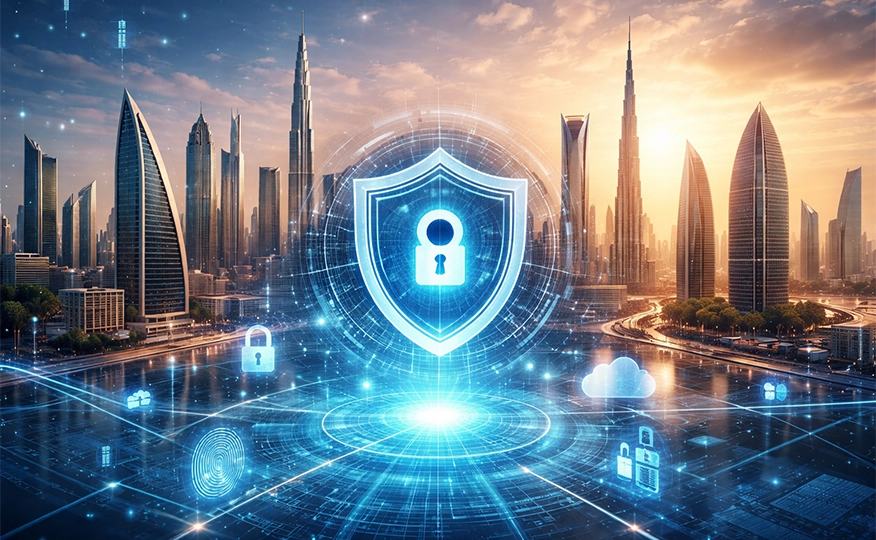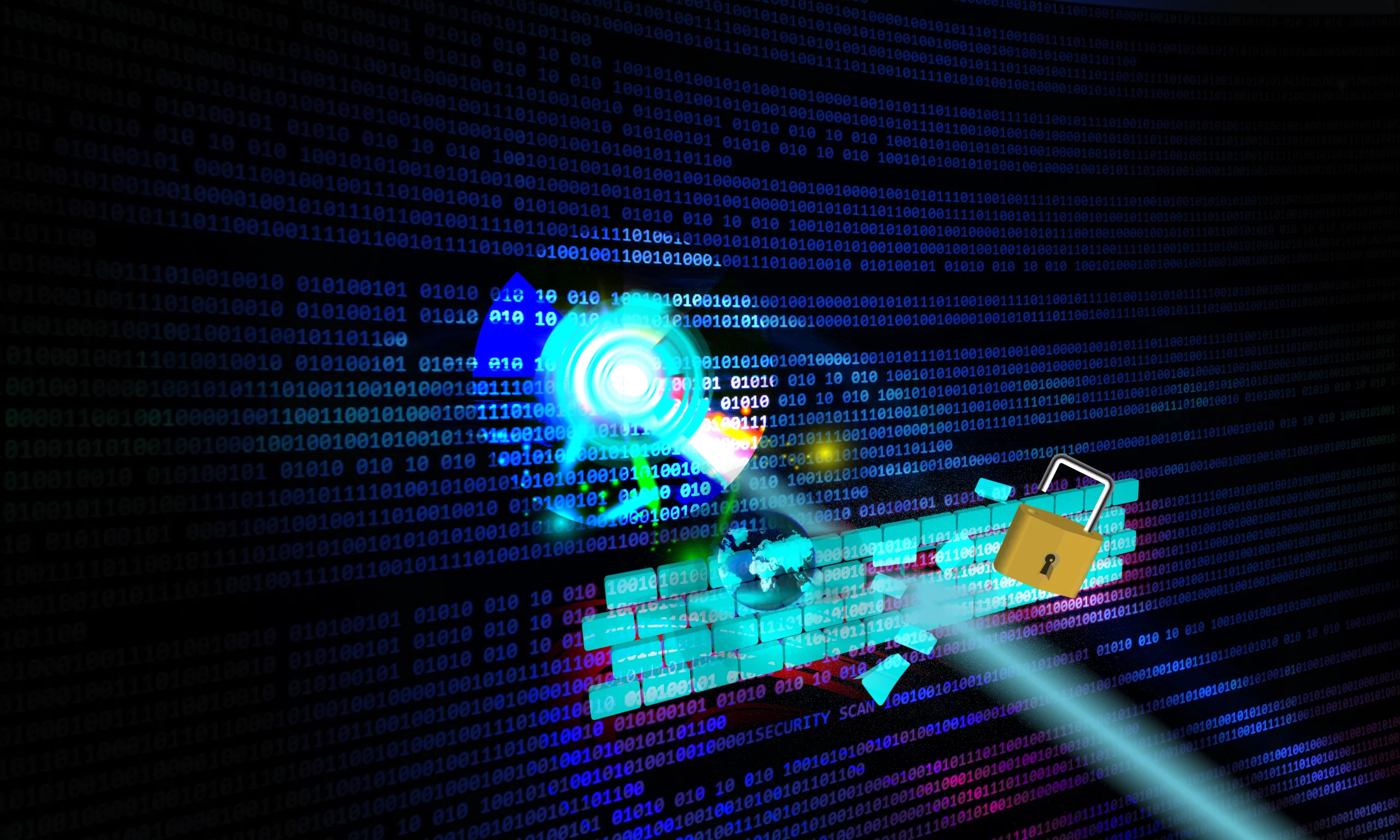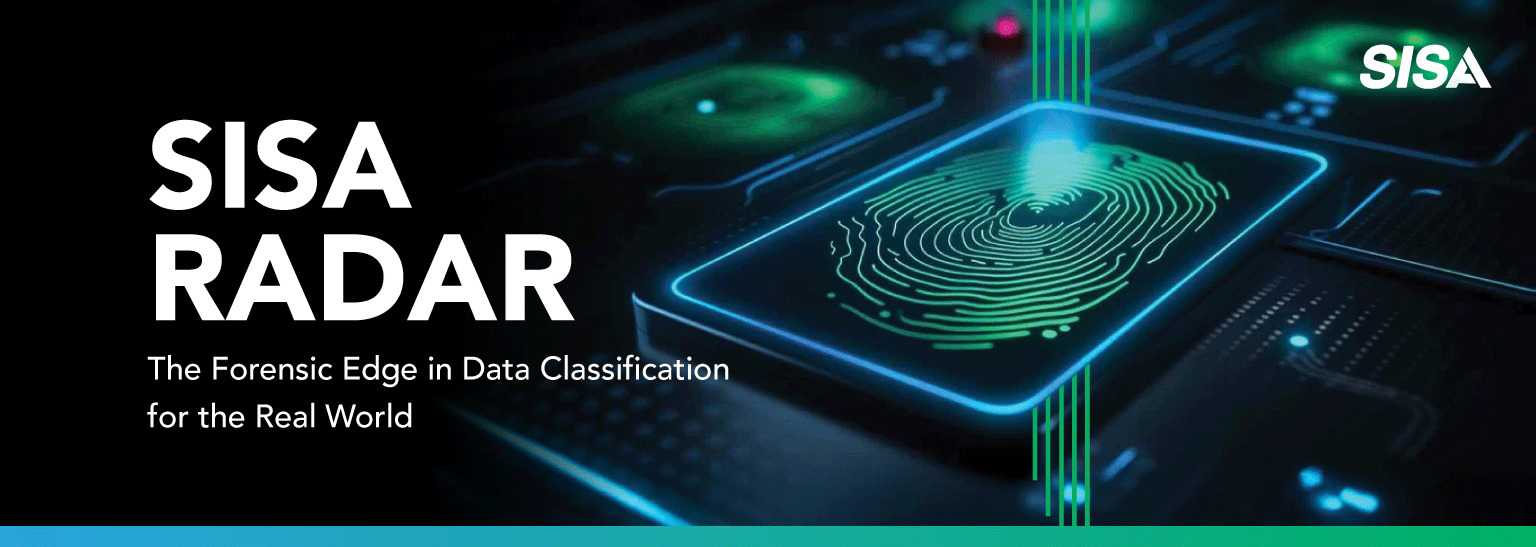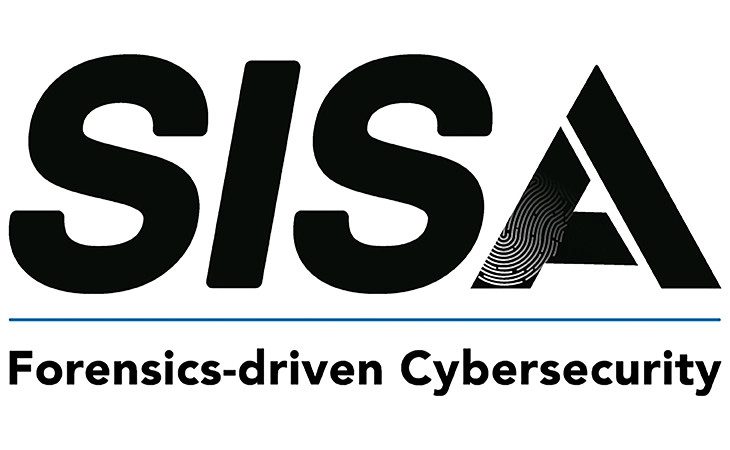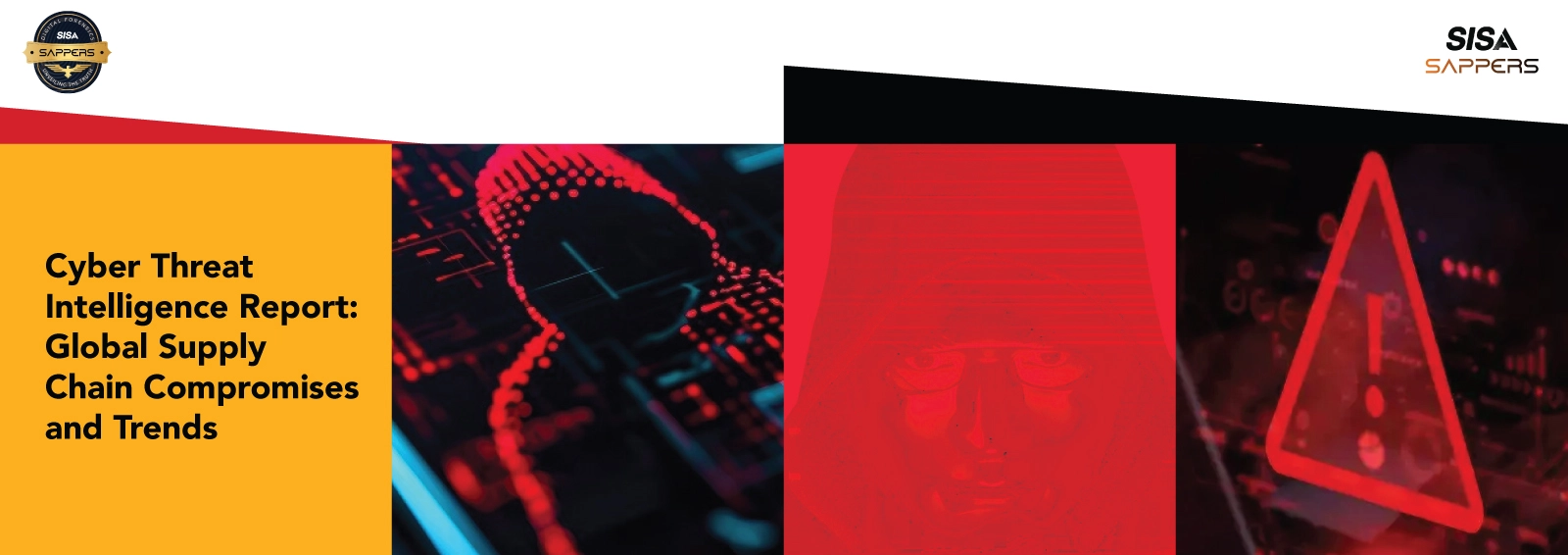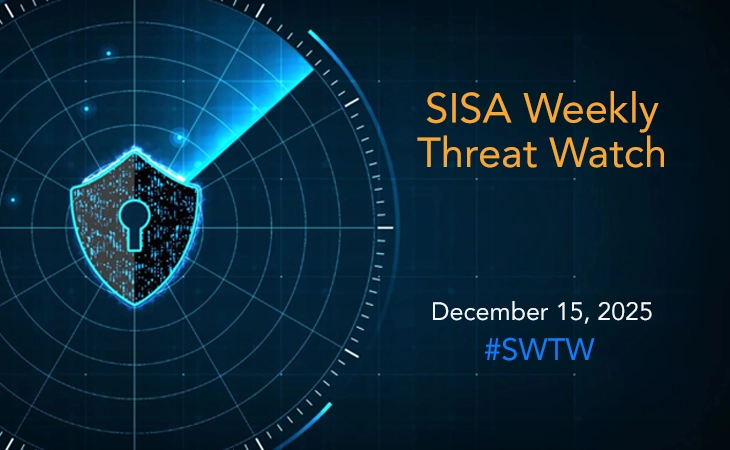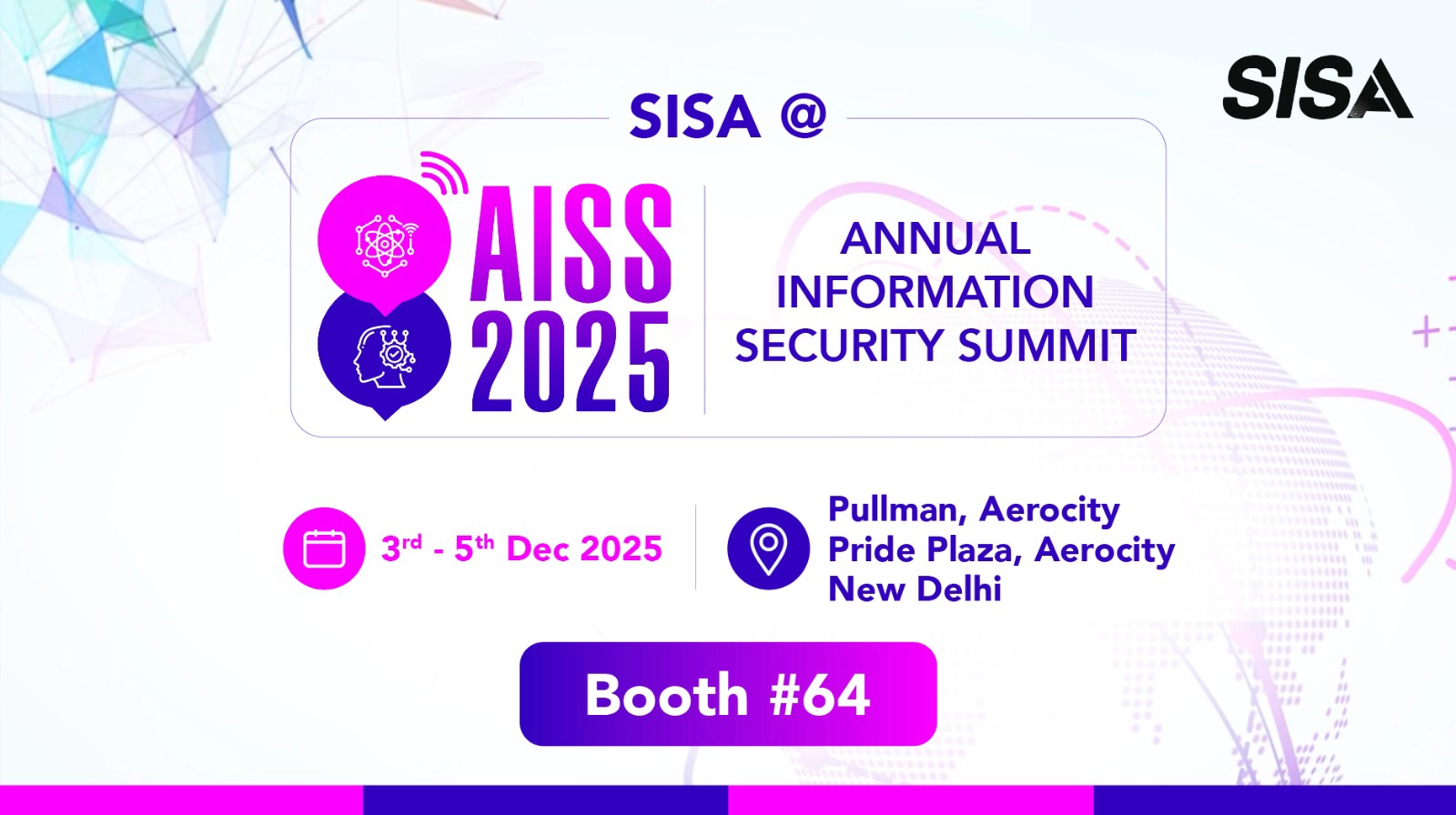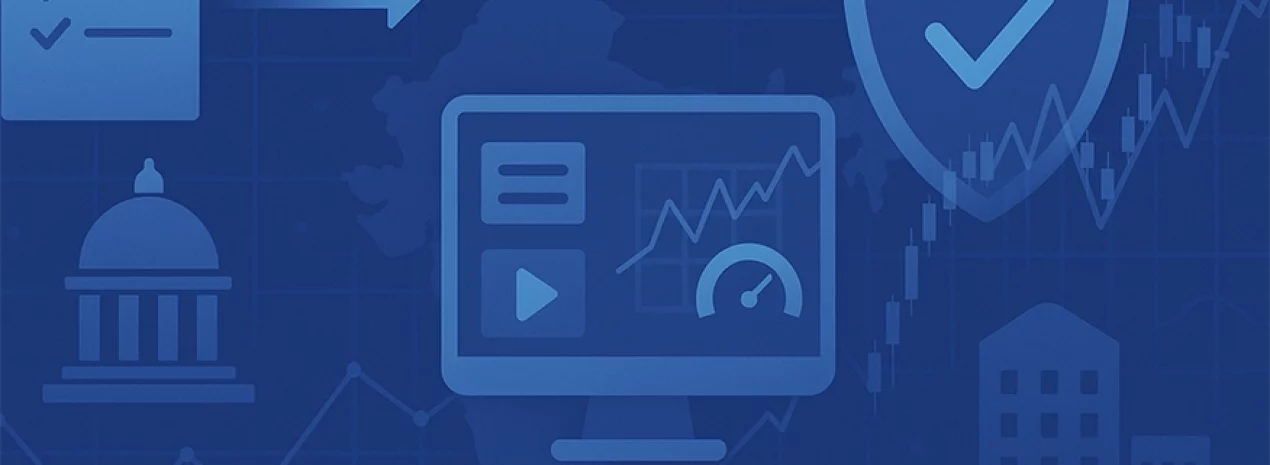
From Framework to Practice: Operationalizing SEBI’s Cyber Security and Cyber Resilience Framework (CSCRF)
In the evolving landscape of India’s capital markets, cybersecurity has become inseparable from business resilience. As financial ecosystems grow increasingly digital, cyber incidents can no longer be viewed as isolated technology failures they represent systemic risks that can disrupt market integrity, compromise investor trust, and affect economic stability.
To address this, the Securities and Exchange Board of India (SEBI) introduced the Cyber Security and Cyber Resilience Framework (CSCRF), effective April 30, 2025. The framework marks a decisive transition from fragmented circulars to a unified, risk-based compliance model that strengthens the entire capital market ecosystem. This article explores how organizations can effectively translate the CSCRF from regulatory intent to operational practice.
The Significance of CSCRF in Today’s Market Environment
Cyber risk has evolved into a core business risk. The financial sector’s dependence on digital platforms from online trading and clearing systems to investor data management, has expanded its vulnerability to sophisticated and persistent cyber threats. CSCRF directly responds to this reality by setting a consistent, scalable, and resilience-driven cybersecurity standard across all market participants.
The framework’s primary objectives are to safeguard investor interests, enhance operational integrity, and create a resilient market environment. It also aims to foster consistency across regulated entities, ensuring that security practices are both proportional and effective. Collectively, these measures help position India’s capital markets as secure, transparent, and globally competitive.
Consolidating Fragmented Guidelines into a Unified Framework
Prior to CSCRF, SEBI had issued multiple circulars in 2015, 2017, and 2019, each addressing different aspects of cybersecurity ranging from incident reporting to vulnerability assessments. This fragmented structure often led to overlapping interpretations and inconsistent implementation.
The CSCRF consolidates and strengthens these earlier directives into a comprehensive, unified framework. It introduces a five-tier compliance model, categorizing nineteen regulated entities according to quantitative parameters such as client base, transaction volume, and assets under management.
This risk-based approach ensures proportionality:
- Systemically significant entities, such as market infrastructure institutions, must implement advanced controls including 24×7 Security Operations Centers (SOCs), red-teaming, and continuous threat monitoring.
- Smaller intermediaries are required to maintain essential security measures appropriate to their operational risk level.
The result is a structured, scalable compliance model that enhances cyber resilience across the entire ecosystem.
From Checklists to Resilience: The Paradigm Shift
The CSCRF introduces a fundamental shift from checklist-based compliance to resilience-driven governance. Earlier frameworks focused primarily on control documentation verifying whether a firewall, antivirus, or policy existed. CSCRF demands more: demonstrable proof that controls are effective and sustainable in live operational environments.
Resilience, in this context, means the ability of an organization not only to prevent incidents but also to respond and recover swiftly without compromising service continuity. Continuous testing, monitoring, and improvement are central to this transformation.
Foundational Pillars of CSCRF Implementation
Governance and Accountability
Effective governance is the cornerstone of CSCRF. The framework mandates that the Chief Information Security Officer (CISO) report directly to the Managing Director or Chief Executive Officer, emphasizing the strategic nature of cybersecurity oversight. Boards are now responsible for approving policies, reviewing performance metrics, and ensuring that risk management practices remain aligned with business objectives.
This direct accountability model integrates cybersecurity into corporate governance, elevating it from an operational function to an enterprise-wide priority.
Strengthened Security Controls
Organizations are expected to maintain comprehensive visibility over their assets and networks through structured asset inventory, classification, and vulnerability management. Regular penetration testing and patch management cycles are essential to ensure continuous protection.
Critical institutions must operate or participate in a Security Operations Centre (SOC) to facilitate real-time monitoring, early detection, and coordinated response to security incidents.
Incident Response and Recovery
The framework places significant emphasis on the ability to detect, report, and recover from cyber incidents. Entities are required to establish formal incident response and recovery plans, conduct simulation exercises, and classify incidents according to defined severity levels. Timely reporting to SEBI and other regulators forms a crucial part of this control.
Data Protection and Privacy
Given the sensitivity of investor data, CSCRF mandates robust data protection mechanisms, including encryption, restricted access, and secure data retention practices. The framework aligns closely with India’s emerging Digital Personal Data Protection Act (DPDP), reinforcing principles of privacy by design and accountability.
Continuous Awareness and Testing
Resilience requires constant adaptation. Regular staff training, phishing simulations, and red-team exercises are encouraged to build a culture of vigilance. The framework emphasizes that cybersecurity awareness should extend beyond IT teams, engaging all employees involved in business operations.
Key Challenges in Achieving CSCRF Compliance
The transition to CSCRF brings several implementation challenges. Many organizations operate under multiple regulatory frameworks such as those issued by SEBI, RBI, and CERT-In. While well-intentioned, these overlapping requirements can lead to duplication of effort and audit fatigue.
Another significant challenge lies in the shortage of skilled cybersecurity professionals, which particularly affects smaller intermediaries. The legacy technology infrastructure prevalent in trading and settlement systems also poses integration and modernization hurdles. Furthermore, the financial burden of continuous compliance including audits, monitoring, and incident preparedness can strain smaller entities.
Overcoming these challenges requires strategic planning, prioritization, and a clear understanding of where automation and collaboration can provide efficiencies.
Practical Pathways to Effective Implementation
Unified Compliance Programs
Organizations can streamline their efforts by developing integrated compliance programs that align the CSCRF with other regulatory frameworks. A “test once, report many” model minimizes duplication and enables organizations to use common evidence for multiple compliance requirements.
Leveraging Specialized Expertise
Engaging external cybersecurity specialists for functions such as 24×7 SOC monitoring, vulnerability assessment, and incident response can bridge skill gaps and enhance overall security posture. However, outsourcing should be carefully governed, ensuring that third-party providers also meet CSCRF standards.
Enterprise-Wide Accountability
Cybersecurity responsibilities must extend beyond IT teams. A cross-functional approach incorporating governance, finance, operations, and HR ensures that cybersecurity remains embedded within organizational culture and daily decision-making processes.
Phased Modernization of Legacy Systems
A gradual approach to upgrading legacy systems can balance security with cost efficiency. Introducing measures such as multi-factor authentication, encryption, and regular vulnerability scanning allows organizations to enhance protection without immediate infrastructure overhauls.
Sustaining Compliance Through Continuous Improvement
CSCRF compliance is not a static milestone; it is an ongoing process of measurement, refinement, and improvement. Organizations are encouraged to adopt a Three Lines of Defense model where governance, operational management, and internal audit functions collaborate to ensure accountability at every level.
Automation plays a vital role in sustaining compliance by enabling real-time monitoring, analytics-driven decision-making, and prompt remediation of identified gaps. Periodic review of control effectiveness and policy updates ensures that the organization remains resilient in the face of evolving threats.
A Forensics-Driven Perspective on Compliance
Drawing from extensive experience in forensic investigations and regulatory readiness, SISA advocates a forensics-driven approach to sustaining CSCRF compliance. This involves continuously validating control performance, leveraging threat intelligence, and integrating compliance metrics with operational workflows.
Organizations that embed cybersecurity into their business processes, rather than treating it as a parallel function, tend to achieve higher maturity levels and maintain resilience over time. Building a risk-aware culture, supported by automation and data-driven insights, transforms compliance from a periodic requirement into a competitive strength.
Conclusion: Compliance as a Pathway to Resilience
The SEBI CSCRF represents more than a regulatory obligation it signifies a strategic evolution in India’s capital market security posture. By consolidating guidelines, defining accountability, and emphasizing measurable resilience, it compels organizations to view cybersecurity as integral to business continuity and trust.
In operationalizing this framework, organizations that prioritize governance, integrate specialized expertise, and invest in continuous improvement will not only achieve compliance but also strengthen their position as reliable, future-ready participants in the financial ecosystem.
Sustained compliance is not achieved through audits alone it is built through culture, accountability, and foresight.
Watch the Webinar On-Demand
For a deeper understanding of how to implement CSCRF effectively, access the full webinar recording:
🎥 From Framework to Practice: Operationalizing SEBI’s Cybersecurity and Cyber Resilience Guidelines
Latest
Blogs
Whitepapers
Monthly Threat Brief
Customer Success Stories
 USA
USA India
India APAC
APAC Middle East
Middle East Global
Global


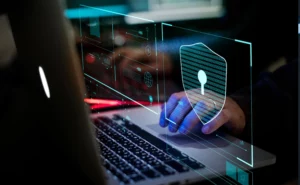



 Facebook
Facebook Linkedin
Linkedin  X
X Youtube
Youtube
